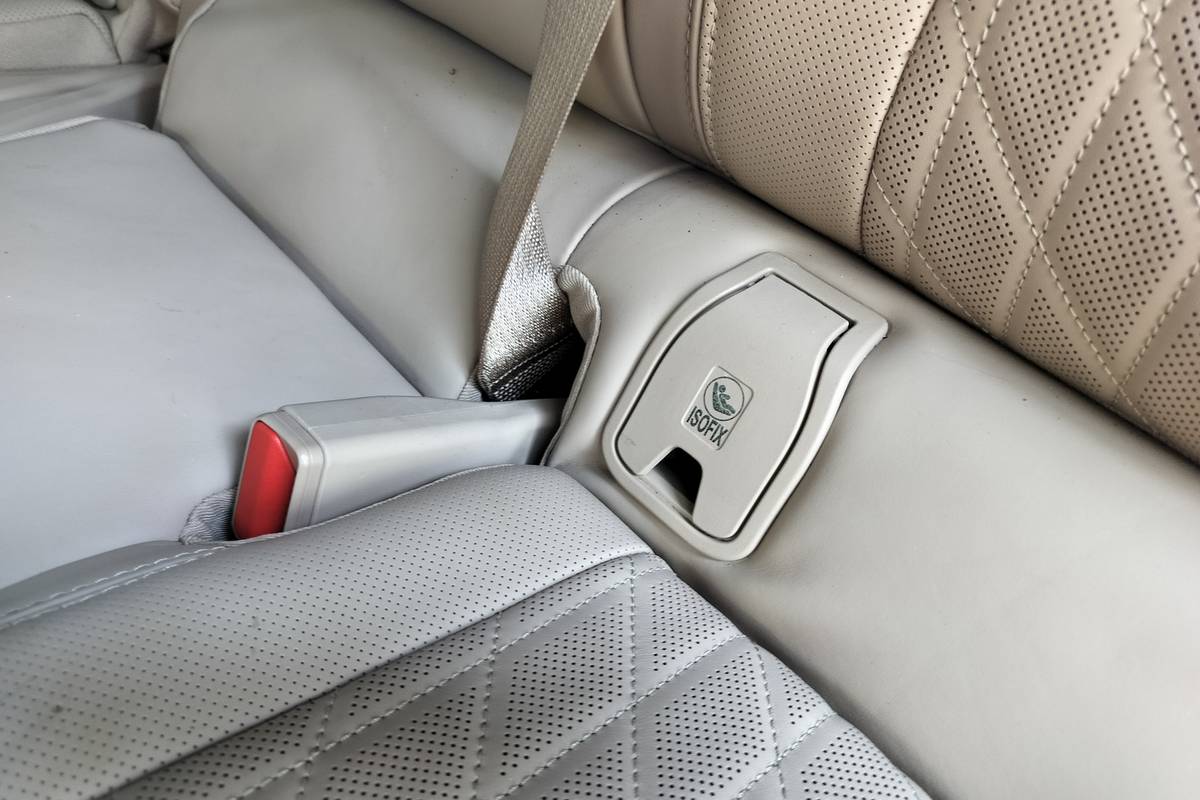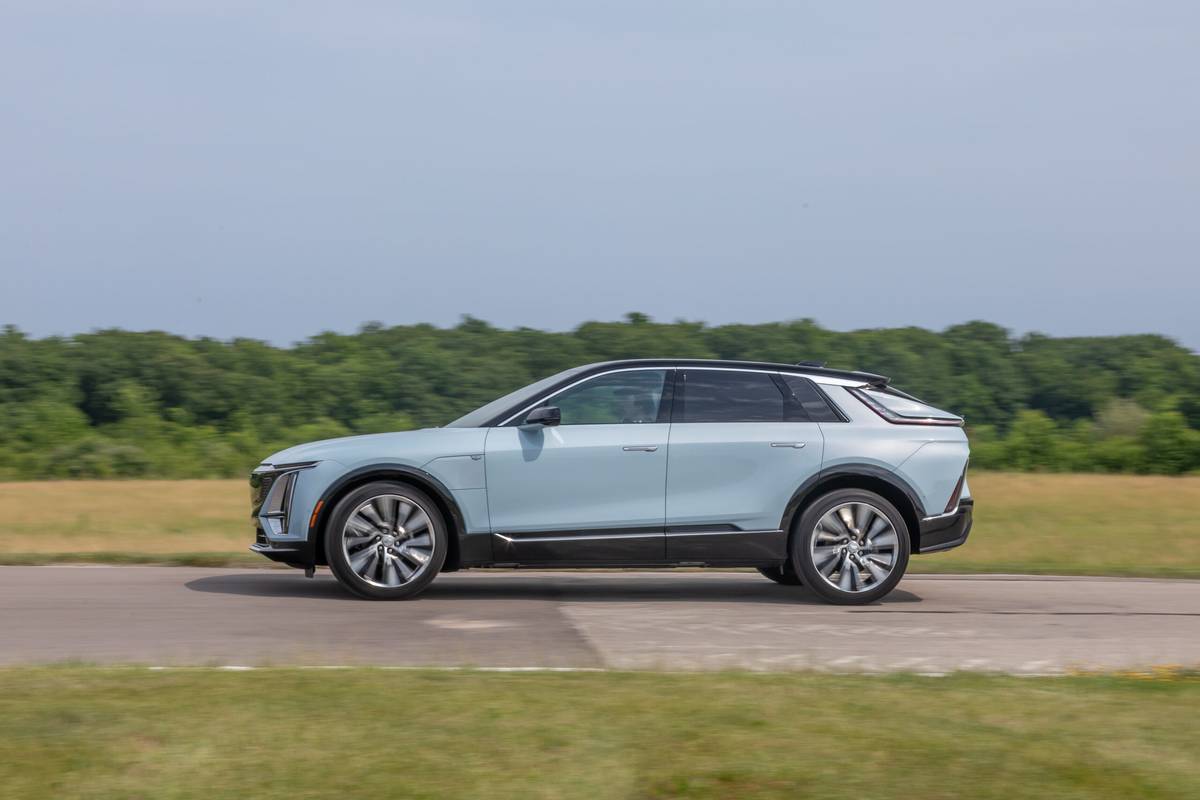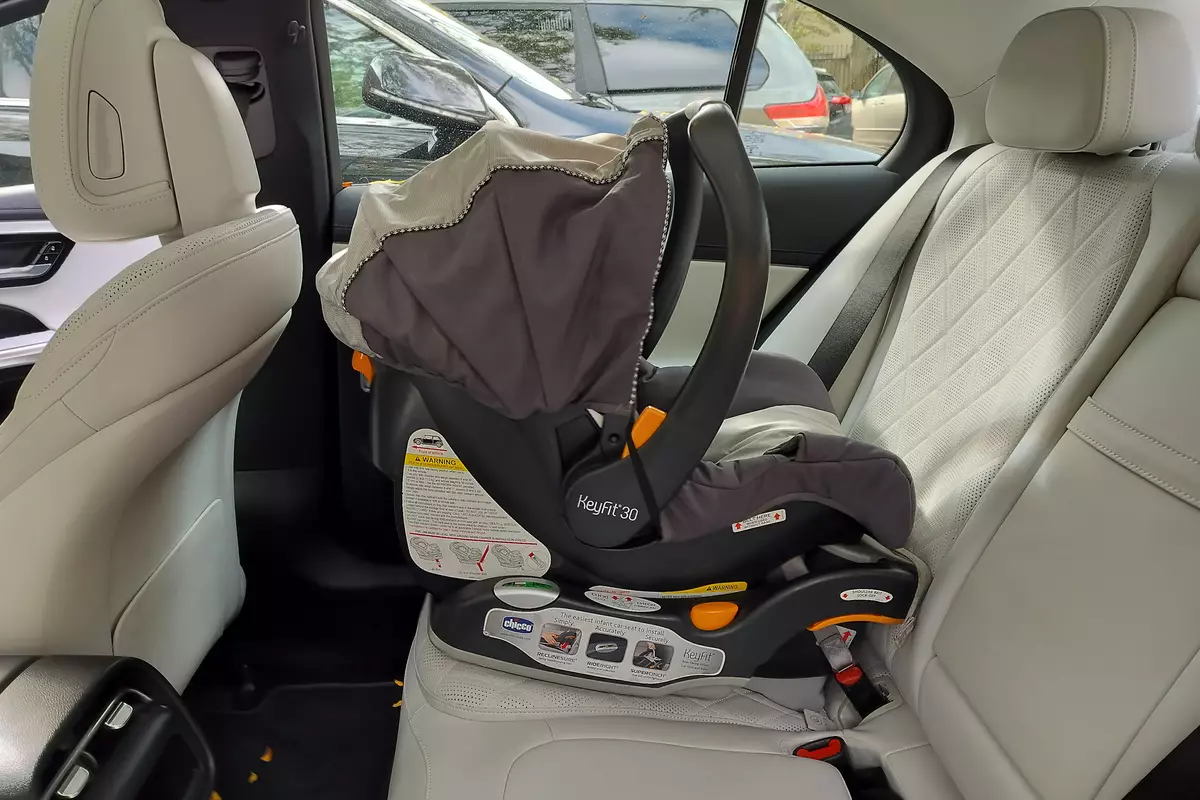Orlando Sentinel's view
With the Mercury Tracer LTS, Ford has taken away every reason you might have for not liking small cars.
You want room? You got it.
You want style? You got it.
You want luxury and performance? You got it.
And if you want a bargain, you can get that, too.
The 1991 Tracer LTS is a permutation of the new Escort, and it competes with the Honda Civic, Nissan Sentra and Toyota Tercel, among others.
What makes the LTS different from its Escort and Tracer siblings is that it combines the rev-happy Mazda-built 127-horsepower, double overhead cam, 16-valve, four-cylinder engine with the high-performance suspension from the Escort GT and the new Escort/Tracer four-door-sedan body.
The result is a baby BMW – a well-equipped sports sedan that goes like the wind and sticks to the road with utter tenacity.
The test car sported a five-speed manual gearbox – a four-speed automatic is optional – a shiny black paint job complemented by bright red trim, and a gray cloth interior.
Though $13,000 and change may seem a bit expensive for small car, here’s a partial list of what you get in a loaded LTS:
An electrically operated sunroof. Four-wheel disc brakes. Cruise control. Superb AM/FM cassette stereo system. Split, fold down rear seats. Power windows, mirrors and door locks, brakes and steering. Air conditioning.
The only things lacking in the Tracer are an air bag – now scheduled for production sometime after this model year – and anti-lock brakes, which are unusual for a small car. Everything else you could want, from cup holders to an electrically defrosted rear window, is included in the LTS.
The best part of the LTS is its engine, which you can safely rev to 7,000 rpm. If you do that in second gear, you will quickly surpass the national speed limit. The engine pulls strongly in all gears, but really gets cooking around 3,800 rpm.
The engine makes a nice sound when winding outathigh rpms, and you never feel as if the car can’t take a good pounding. Sitting in a broiling traffic jam did nothing to the effectiveness of the air conditioner or to the position of the temperature gauge.
The problem with some powerful front-wheel drive cars is torque steer. That’s when the car pulls to the left or right under heavy acceleration. The Tracer, however, exhibited no torque steer under acceleration that some would call abusive.
I blasted over railroad tracks and down dirt roads. The Tracer acted like a thoroughbred at all times.
The brake system is another Tracer strong point. The four-wheel power disc brakes seem ideally matched to the car. They slow the 2,356-pound car quickly. Under hard braking conditions, the front tires are the first to lock up.
The power rack and pinion steering in the LTS is a nicely engineered system that gives the driver a good feel for the road. The car has a fairly tight turning radius and easily dispenses with most irregularities in the road. I would say the suspension is on the soft side of firm.
The Tracer could stand improvement in two areas: seats and shifter. For each week’s test drive, I try to put at least 500 miles on the test car. During that time, I schedule at least one two-hour trip. That gives me the chance to see if the seats still feel comfortable after a long drive.
The Tracer’s front seats, though nice-looking and comfortable for short trips, don’t fare well for longer jaunts. They lack lower back support.
The shifter for the manual transmission is OK, but it’s far from great. Perhaps the shifter in the 1991 Toyota MR2 Turbo spoiled me, but several times in the LTS as I was shifting from second gear to third, I either landed in fifth, or missed the quadrant altogether.
Foot, head, shoulder and trunk room are excellent for those shorter than 6 feet tall. The split, fold down rear seats that open a storage area leading into the trunk are a thoughtful touch that you might not use often, but it goes a long way to ward convincing you that the Tracer is a product that has been engineered to be a useful, comfortable as well as fun mode of transportation.
In combined city-highway driving (admittedly, with a very heavy foot) the 1.8-liter engine returned 26 miles per gallon. The air conditioner remained on most of the time.
A word about build quality: Of all Ford plants in North America, the fairly new facility in Hermosillo, Mexico – where the Tracer is built – consistently has produced Ford’s best-built cars. Some of the manufacturing techniques used at the Mexican factory, opened in 1986, have been incorporated into Ford plants around the world.
In the test car, everything fit together well. There were no vibrations, rattles, leaks or squeaks, and everything worked perfectly.
Mercury is making a serious attempt this year to lure younger buyers into its showrooms. The Tracer LTS and the new Capri sports car should ensure that they leave in style.
Latest news



